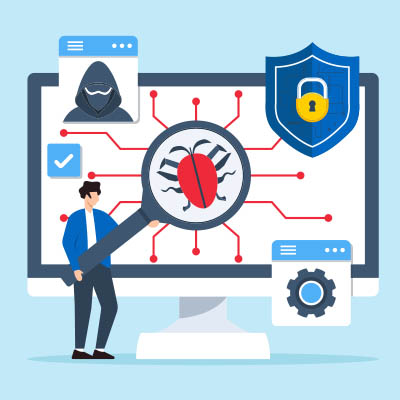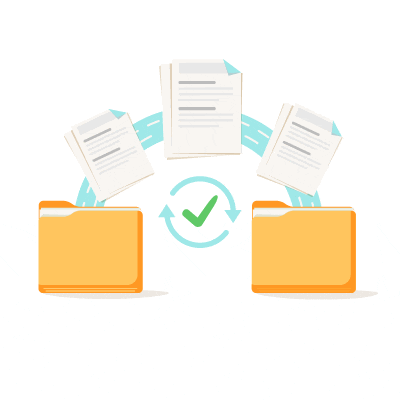Nowadays, the average business leans pretty heavily on mobile devices to some degree, particularly as they make business productivity—and thereby, competitiveness—more easily attainable. However, this also makes it essential that a business using mobile devices has a means of managing them effectively. Let’s explore the concept of mobile device management, and discuss some ways that your business can take advantage of it.
Rebooting your device presents several benefits. If you ever experience an issue with your device, rebooting it will likely improve it. Heck, even the National Security Agency (NSA) recommends you do this… but why?
There’s no getting around the fact that data backup and disaster recovery are paramount to the survival of any business. Thankfully, the 3-2-1 rule makes implementing effective data recovery practices easy. Let’s look at this process and how you can do so.
Data breaches can cripple companies and can come from a lot of different directions. They can be the result of phishing attacks where your staff unwittingly gives hackers access to your business’ resources. It can come from a brute force attack where hackers use innovative tools to break into your network. It can even be the work of disgruntled employees who use their access to steal company data. This month, we want to outline the top three things you can do to keep your business from being hacked.
Business file sharing has become a daily routine. It’s a crucial part of collaboration, communication, and overall productivity. However, with the rise of cyberthreats, file security is more important than ever. It’s not just about sharing files but doing it securely and efficiently. Today, we’ll look at some best practices for business file sharing.







